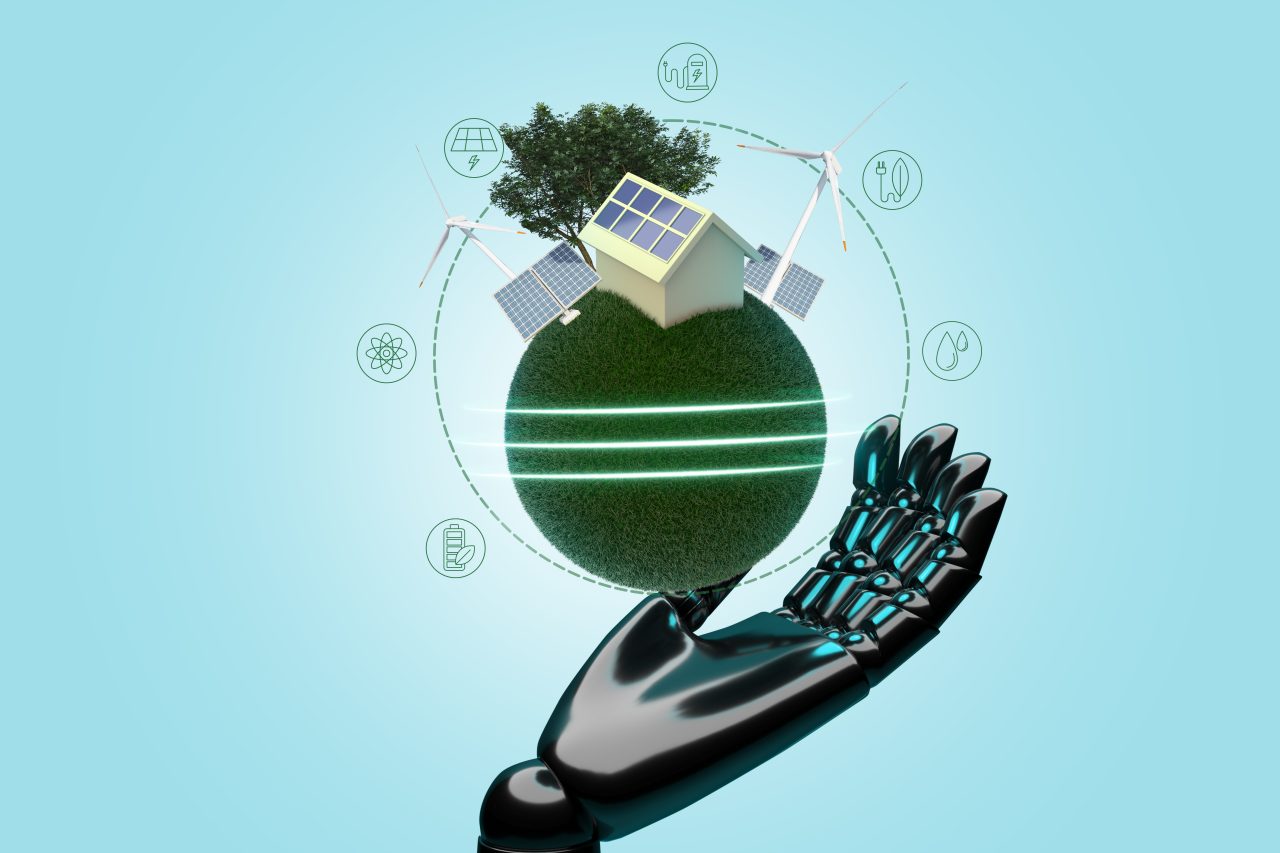Before we look at the unique unfolding story of the challenges of environmental sustainability intertwined with the burgeoning potential of technology, let us start with understanding the concept of digitainability.
Digitainability is a concept that merges digital technology with sustainability principles to address environmental challenges. It focuses on leveraging Information and Communication Technology (ICT) to promote sustainability, reduce carbon footprints, and foster eco-friendly practices.
At its core, digitainability seeks to harness the power of digital innovation to create solutions that mitigate environmental impact. This involves utilizing ICT tools like data analytics, artificial intelligence, and the Internet of Things (IoT) to optimize resource usage, minimize waste, and promote renewable energy sources.
Some of the key aspects of digitainability include but are not limited to Smart Infrastructure, Circular Economy, Sustainable Supply Chains, Remote Work and Telecommuting, Digitalization of Processes, and Green Data Centers. Look out for our next blogs on these aspects in detail.
By integrating sustainability principles into digital initiatives and leveraging ICT for environmental conservation, digitainability aims to create a more sustainable future where technology catalyzes positive environmental change.
With the above in mind, we found the below as how the African countries are grappling with all changes:
National Strategies and Implementation:
- Varied Approaches: Countries across Africa are exhibiting diverse approaches to integrating technology and environmental policies.
- Rwanda, for example, has established a Ministry of ICT and Innovation, focusing, among other priorities, on e-waste management and digital agriculture.
- Kenya prioritizes renewable energy through its Green Growth Strategy and Climate Change Act, utilizing technology for data collection and monitoring.
- Uganda has a national technology policy which aims to promote science, technology and innovation as drivers of socio-economic transformation and has a regulatory framework for science, technology and innovation that guides the operations of the entire STI ecosystem.
- Challenges and Opportunities: While national strategies exist, implementation faces hurdles like limited infrastructure, capacity building, and financial resources. However, initiatives like the African Development Bank’s Digital Transformation for Green Growth Strategy offer support and collaboration opportunities to countries implementing in the same direction.
Technology’s Role in Environmental Solutions:
- Precision Agriculture: Sensor technology, drones, and satellite imagery are empowering farmers to optimize water usage, track soil health, and make data-driven decisions, leading to increased yields and reduced environmental impact.
- Renewable Energy: Advancements in solar, wind, and geothermal power are providing cleaner energy sources, particularly in rural areas. Mini-grids and off-grid solutions are bringing electricity to remote communities, minimizing reliance on fossil fuels.
- Conservation and Monitoring: Drones and satellite data are being used to monitor deforestation, track wildlife populations, and combat illegal poaching, crucial for protecting biodiversity and ecosystems.
- Waste Management: Mobile apps connect waste pickers with recycling facilities, promoting efficient waste collection and reducing environmental pollution. Blockchain technology is also being explored for transparent waste management systems.
Challenges and the Road Ahead:
- Digital Divide: Unequal access to technology and digital literacy remains a significant challenge. Bridging this gap is crucial to ensure inclusive and equitable participation in tech-driven environmental solutions.
- Data Privacy and Security: As environmental data collection increases, concerns about privacy and security need to be addressed through robust regulations and ethical practices.
- Funding and Investment: Scaling up tech-based solutions requires sustained funding and investment from both the public and private sectors. International partnerships and blended finance models can play a key role.
Conclusion:
Technology is not a magic bullet but it offers a powerful toolkit for tackling Africa’s environmental challenges. By addressing implementation hurdles, fostering digital inclusion, and ensuring responsible data practices, African countries can harness the power of technology to build a more sustainable future. This journey requires collaboration, innovation, and a shared vision where technology empowers communities and safeguards the environment for generations to come.




